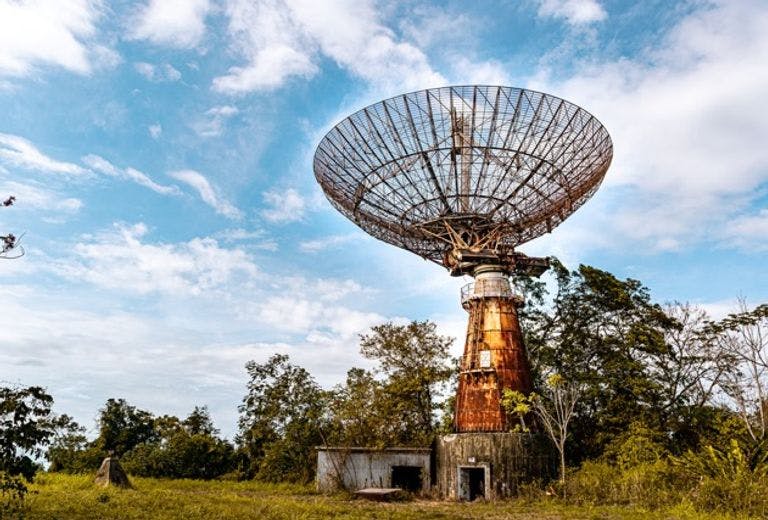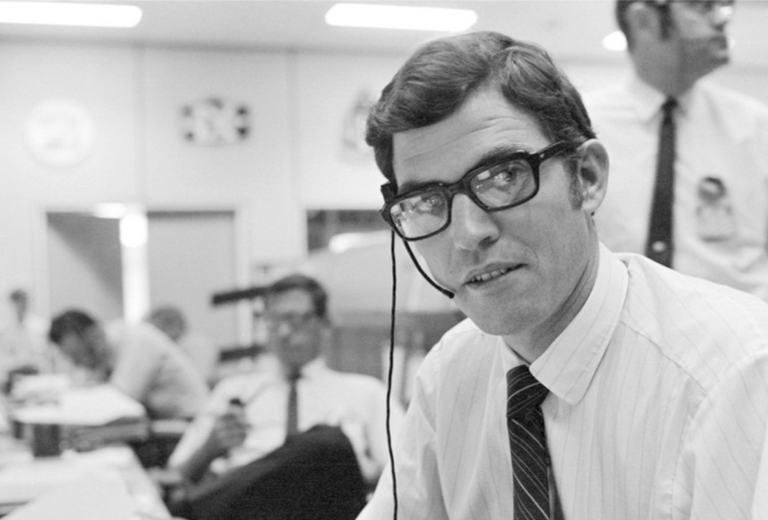The Global VSAT Industry: Navigating the Highs and Lows of Satellite Communication
The skies above us have never been busier. As our world continues to grow interconnected, satellite communication, and more specifically, VSAT (Very Small Aperture Terminal) systems, have emerged as vital tools to weave this global web. With the VSAT industry undergoing rapid changes and innovations, it's essential to understand its global scope and impact.

Table of Contents
- Introduction to the Global VSAT Landscape
- Key Players in the VSAT Industry
- VSAT Applications around the World
- Challenges Facing the Global VSAT Industry
- Future Trends in the Global VSAT Space
- Conclusion
Introduction to the Global VSAT Landscape
The VSAT industry has made significant strides since its inception. As a global force, it ensures seamless connectivity, especially in areas where traditional communication mediums falter. It's no longer just about remote internet access; it's about creating a truly interconnected world.
From bustling cities in North America to isolated villages in Africa, VSAT systems have been instrumental in bridging communication gaps, transcending geographical barriers, and fostering global collaboration.
Key Players in the VSAT Industry
The dynamism of the VSAT industry is attributed to the various influential entities that shape its landscape. Here are some key global players:
- Hughes Network Systems: A pioneering force, Hughes has been at the forefront of satellite communication, offering solutions that cater to both individual and enterprise needs.
- Viasat: Known for its high-speed internet services, Viasat has been a significant player, especially in North America, ensuring connectivity even in the most remote regions.
- Gilat Satellite Networks: With a strong presence in Asia-Pacific and Latin America, Gilat has showcased immense expertise in providing satellite-based broadband solutions.
- SES: This global satellite operator has been instrumental in driving VSAT connectivity across Europe and Africa.
- Intelsat: Catering to diverse sectors like media, government, and network services, Intelsat's footprint spans across the globe.
VSAT Applications around the World
The magic of VSAT is its adaptability and vast range of applications:
- Africa: In regions grappling with infrastructure challenges, VSAT has been a beacon of hope, facilitating telemedicine, e-learning, and financial services.
- Asia-Pacific: Rapid urbanization and a surge in digital initiatives have propelled the need for VSAT services, especially in remote areas and islands.
- North America: Beyond urban centers, VSAT has been instrumental in ensuring connectivity in remote oil rigs, ships, and even in-flight communication services.
- Europe: The focus has been on integrating VSAT systems with terrestrial networks, creating a cohesive communication ecosystem.
- Latin America: As countries push for digital transformation, VSAT services are playing a crucial role in ensuring that the benefits of the digital age reach every corner of the continent.
Challenges Facing the Global VSAT Industry
Like any dynamic industry, the global VSAT landscape isn't without its challenges:
- Regulatory Hurdles: Satellite communication often grapples with complex regulatory landscapes that differ from country to country.
- Infrastructure Costs: Establishing and maintaining satellite communication infrastructure requires substantial investment, which can be a barrier for many regions.
- Emergence of New Technologies: With technologies like 5G looming on the horizon, the VSAT industry must continually innovate to remain relevant.
- Space Congestion: With the increasing number of satellites, especially due to the rise of small satellite constellations, managing space traffic is becoming a significant concern.
Future Trends in the Global VSAT Space
The future of the VSAT industry is laden with potential, driven by a few emerging trends:
- Integration with Terrestrial Networks: A holistic approach to global communication will involve integrating VSAT systems with traditional terrestrial networks, ensuring seamless connectivity.
- Advent of LEO Satellites: Low Earth Orbit satellites promise reduced latency and higher data transfer speeds, transforming the potential of satellite communication.
- Increased Focus on Cybersecurity: As the world becomes more interconnected, ensuring the security of satellite communication will gain paramount importance.
- Satellite as a Service (SaaS): Much like cloud services today, the future might see companies offering satellite communication as a scalable service, reducing the entry barriers for many regions and industries.
Conclusion
The global VSAT industry, with its rich tapestry of players, challenges, and innovations, is a testament to humanity's drive to remain interconnected. As technology continues to evolve, so will the VSAT landscape, ensuring that no matter where you are on this planet, you're never truly isolated.
For those seeking a deeper understanding of the intricacies of VSAT, its history, and operational mechanics, explore our other articles like What is VSAT? and How Does it Work? on our blog.

A collective of dedicated professionals committed to enhancing satellite communication security. When they aren't analyzing complex telemetry data or crafting state-of-the-art tools, they're deeply engaged in thought leadership, sharing insights to empower a safer, more connected world.


